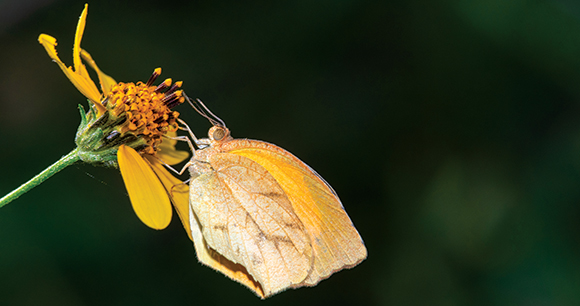Insects, though often maligned, are critically important to the planet and to our own survival. A vast array of species depend on them for food; other ecological services they provide include pollination, pest control, and nutrient recycling. Nearly 20 years ago, a study (Losey and Vaughan, 2006, in BioScience) conservatively estimated the economic value of wild insect populations in the United States alone to be $57 billion annually.

Among all insect taxa, butterflies are the most extensively monitored. This year, Science published a study by Dr. Collin Edwards of Washington State University and nearly three dozen coauthors from across the nation that documented a 22 percent decrease in overall butterfly abundance from 2000 to 2020 in the contiguous United States. They reached this conclusion by examining data from nearly 77,000 surveys at 2,478 unique locations, involving 12.6 million individual butterflies from 554 species.
Species-specific trends in abundance over the study period could be calculated for 342 of the species encountered. Of these, 107 declined by more than 50 percent, including 22 species that declined by more than 90 percent. The steepest declines overall were in the Southwest. The five species with the largest drop in abundance were the Florida white, Hermes copper, tailed orange, Mitchell’s satyr, and West Virginia white.
The nature and extent of the decline suggests that multiple threats, including habitat loss, insecticide use, and climate change are responsible. Absent concerted efforts to address such threats, the abundance and diversity of these beautiful animals will continue to decline.